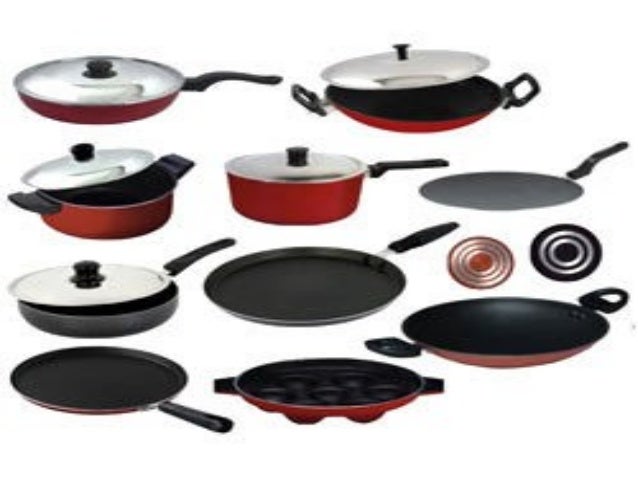Yet what most rattan garden furniture enthusiasts may not be aware of is the way in which this material entered the western world, and subsequently became popular therein. The path linking the first few wicker-woven pieces to modern-day rattan garden furniture is a long and complex one, and this article will seek to offer a brief insight into its different stages.
In The Beginning
The story of wicker-woven furniture begins in ancient Egypt during the time of the pharaohs, specifically around 3000 B.C.. It was here that archaeologists have been able to place the first few pieces of wicker furniture, made not yet from rattan, but from weeds and reeds found in local swamps. These were used to weave baskets, chests and chairs, which were thought to be quite popular among Egyptians.
When the Roman Empire later invaded Egypt, wicker weaving was one of the many local customs which got assimilated into the host culture. Romans took to wicker furniture just as much as Egyptians, and woven pieces became a popular sight in patios across the Empire. Eventually, the Romans began to develop their own style of wicker-weaving, and their items took on an identity of their own.
Death and Rebirth
As with most things involving manufacture, wicker furniture production would experience a steep decline during the Dark Ages. The impoverished status of most of the worlds population during that time, and the preference for sturdier materials such as wood and iron, caused wicker furniture to become overlooked during this period, and eventually cast aside in favour of the aforementioned materials.
As such, the history of this type of item would remain stagnant until the Renaissance period, when a renewed interest for arts and manufacture brought wicker furniture back to public consciousness. The material quickly became popular across Europe once again, and the advent of seafaring travel would soon bring about a game-changing development for wicker-woven furniture.
Indeed, it was around this time that seafaring merchants travelling to Southeast Asian countries began to bring an exciting new material back from their travels: rattan, a flexible, malleable palm. Attractive and easy to work with, the material quickly caught on with weavers, and has since become synonymous with the art to the point of being confused with it.
From Home To Garden
Despite having been popular for three centuries beforehand, however, rattan did not become the go-to material for garden furniture until the 19th century. Specifically, the trend originated in Victorian England, and stemmed from the belief that rattan wicker items were more sanitary than upholstered furniture, mainly due to being easier to clean. The versatile nature of the material, allowing for any number of designs and styles, further contributed to its popularity among Victorian Brits, and pieces made out of rattan quickly became a staple not only inside British homes, but also in their gardens.
It is here that the history of rattan garden furniture can truly be said to begin. Over the next few decades, the material became more and more popular as the basis for garden and patio items, and this popularity quickly crossed over into America as well. By the mid-19th century, American were innovating wicker production, making it more automated, and pieces made out of rattan weave were becoming just as widespread overseas as they had in Great Britain. The materials popularity did take a slight dip in the early twentieth century, when tastes became more Spartan, but simplified designs and clean-cut lines quickly turned the situation around; in the span of only a few decades, rattan garden furniture was as popular as it had once been, and had begun a second resurgence.
From that point onwards, the story is well-known: rattan garden furniture became a common sight across the western world, and production methods continued to be innovated, right up until the point where natural rattan began to be replaced by synthetic polymers which improved durability and weather resistance. Nowadays, it is virtually impossible to walk into any western garden and not see at least one item made out of this material, and it is expected that the history of rattan garden furniture continues to be written for decades to come.

























